India, renowned for its rich cultural diversity, showcases a myriad of dance forms that captivate hearts and narrate tales of tradition, devotion, and celebration. These dance forms, deeply rooted in history, symbolize the artistic expression of various communities across the country. From classical elegance to folk vibrancy, India’s dance heritage is as diverse as its cultural tapestry.
These are the Top 10 Popular Dance Forms Across the States of India!
| Dance Form | State of Origin | Dance Type |
| Bharatanatyam | Tamil Nadu | Classical |
| Kathak | Uttar Pradesh | Classical |
| Kathakali | Kerala | Classical |
| Bhangra | Punjab | Folk |
| Garba | Gujarat | Folk |
| Kuchipudi | Andhra Pradesh | Classical |
| Lavani | Maharashtra | Folk |
| Odissi | Odisha | Classical |
| Sattriya | Assam | Classical |
| Chhau | West Bengal, Odisha | Semi-Classical |
1. Bharatanatyam

Originating from Tamil Nadu, Bharatanatyam is a profound classical dance form showcasing devotion to Lord Shiva. With intricate hand movements (mudras) and expressive storytelling, it has evolved into a revered stage performance across India.
2. Kathak
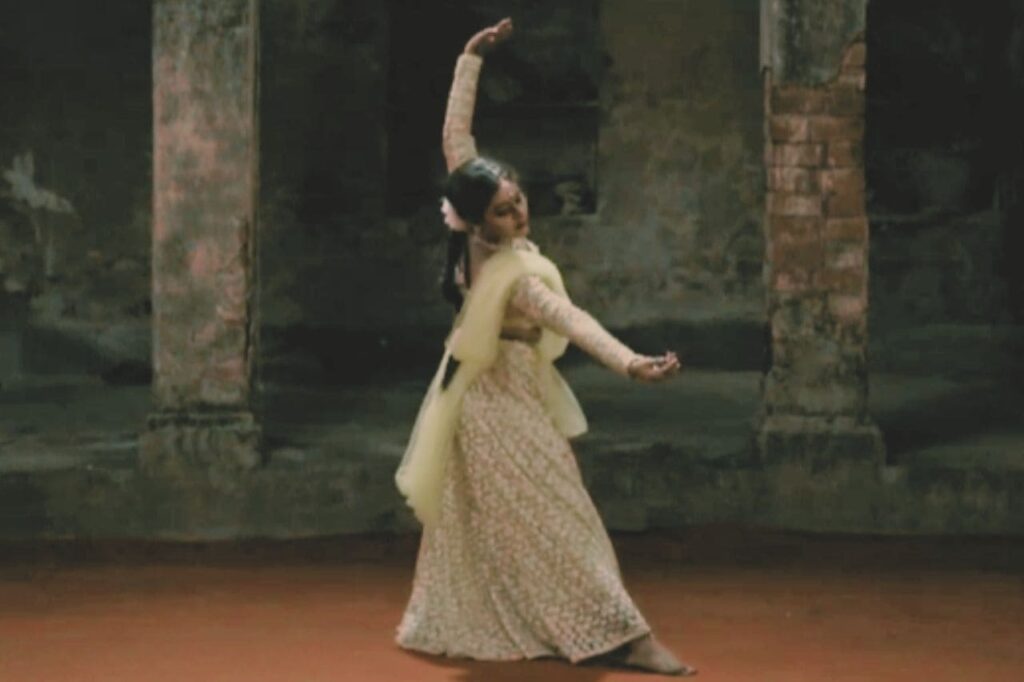
Rooted in Varanasi, Kathak is a traditional dance form known for its storytelling through graceful movements. Dancers express eternal love, particularly depicting tales of Lord Krishna and Radha, accompanied by rhythmic footwork and the melodious sound of ‘ghungroo.’
3. Kathakali

Hailing from Kerala, Kathakali is a unique dance drama blending classical and folk elements. This vibrant performance involves music, martial arts, elaborate costumes, and face masks, portraying the eternal battle between good and evil.
4. Bhangra

A lively Punjabi folk dance, Bhangra, originated during Vaishakhi celebrations. Characterized by energetic movements and joyful expressions, it has become an integral part of Indian celebrations, spreading happiness among the youth.
5. Garba
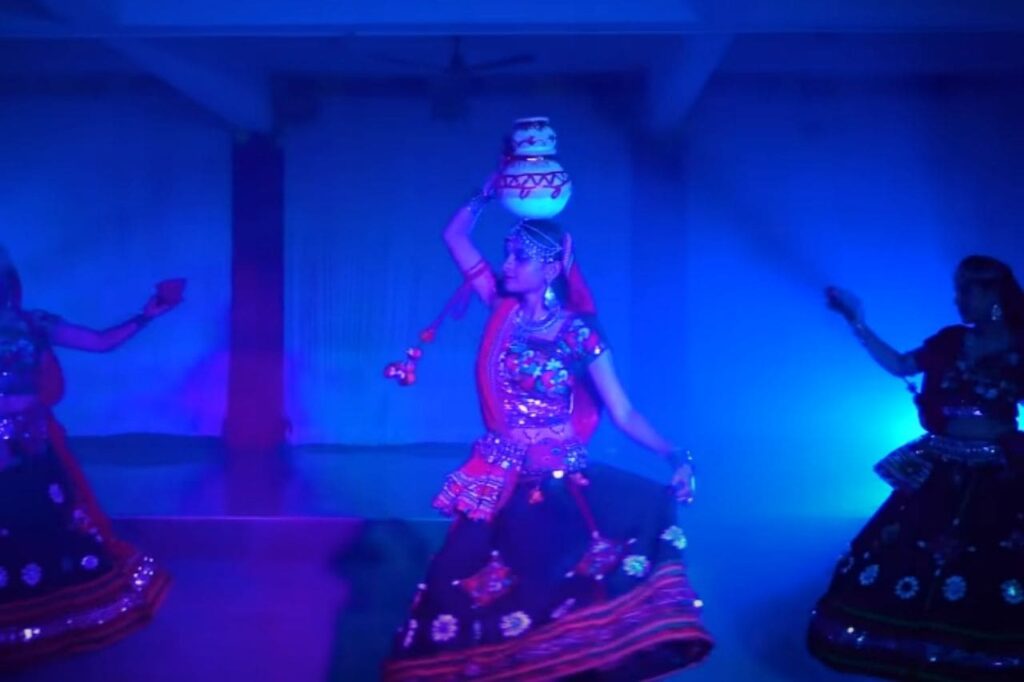
Originally a folk dance of Gujarat, Garba has evolved into a nationwide tradition during Navaratri. Symbolizing the circular nature of time in Hinduism, it involves revolving around the idol of Devi ‘Amba’ and dancing in festive spirit.
6. Kuchipudi

An ancient classical dance form, Kuchipudi, originates from Andhra Pradesh. Known for incorporating singing into the performance, it involves intricate rituals and storytelling, mainly dedicated to Lord Krishna.
7. Lavani
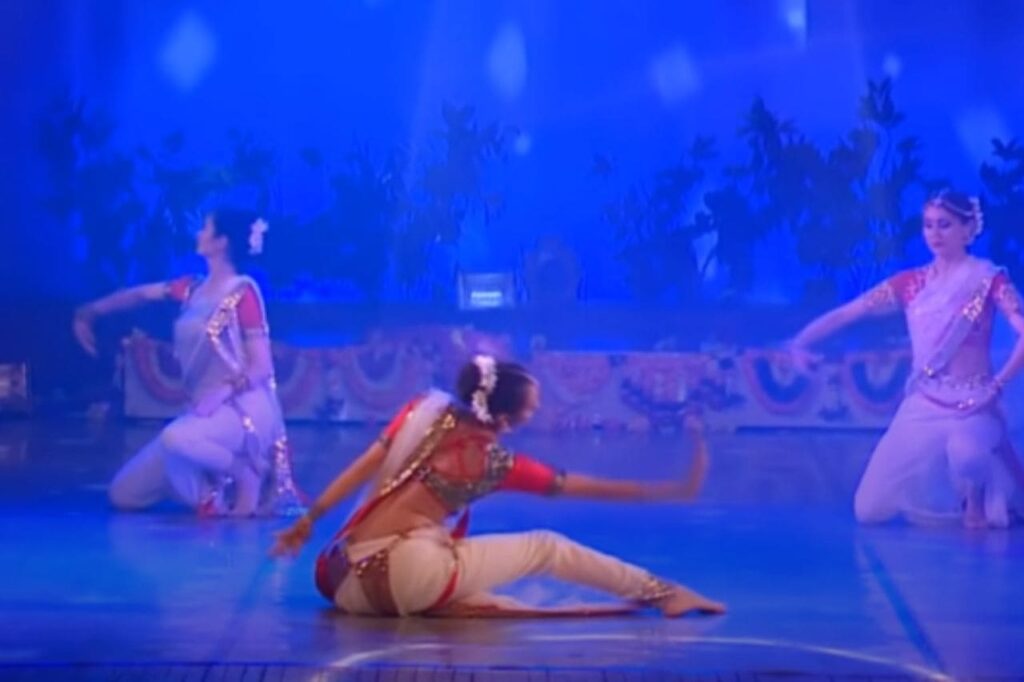
Originating from the Maratha Empire, Lavani is a female-centric folk dance. With its roots in socio-political satire, Lavani showcases bold expressions and energetic movements, accompanied by traditional attire and ornaments.
8. Odissi
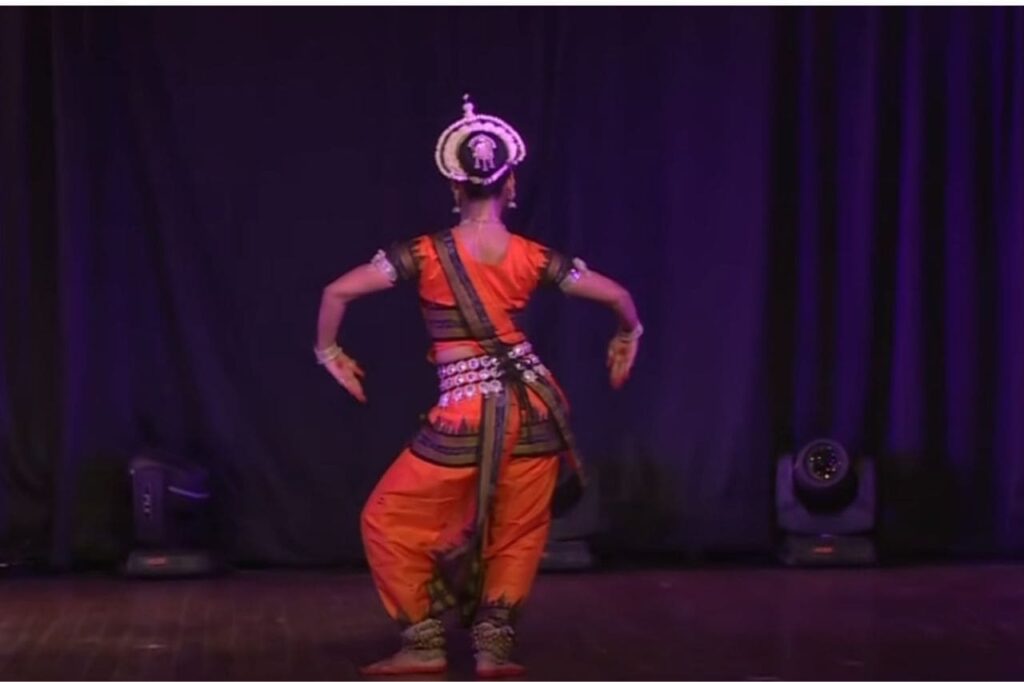
Originating from the eastern coast, Odissi is a classical dance form celebrating Hindu, Buddhist, and Jain themes. It features expressive storytelling through abhinaya (expression) and mudras, conveying spiritual messages from mythological stories.
9. Sattriya
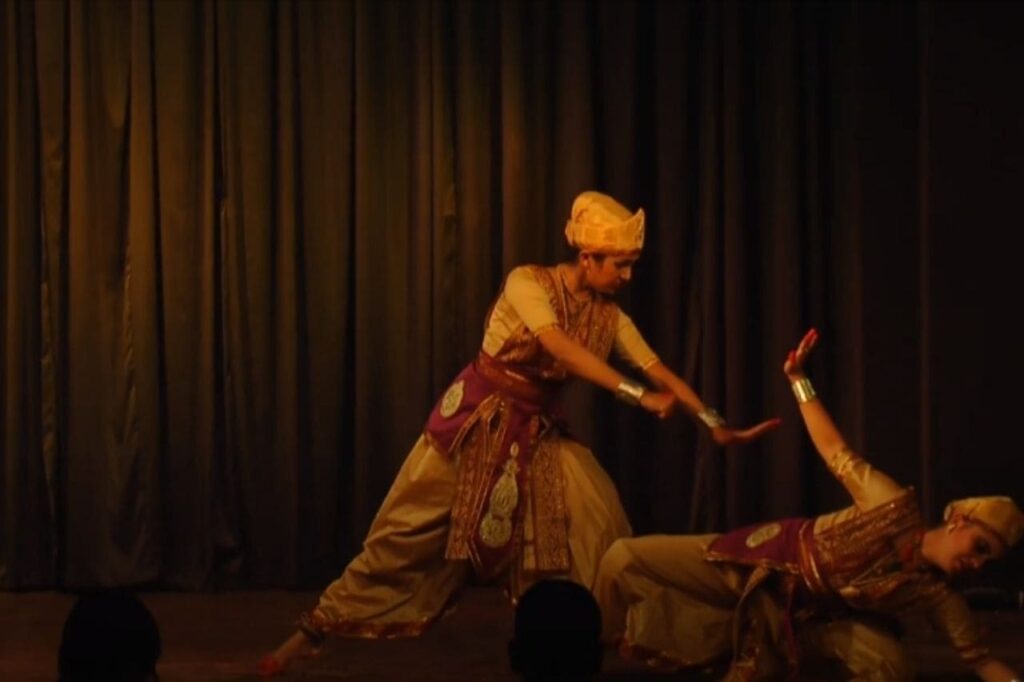
Emerged in Assam, Sattriya is a classical dance-drama rooted in Hindu epics, emphasizing spiritual concepts, religious devotion, and the Bhakti movement. Its distinctive costumes and themes make it a captivating art form.
10. Chhau

A martial dance form with variations in styles across states, Chhau is celebrated in Purulia (West Bengal), Seraikella (Jharkhand), and Mayurbhanj. It emerged from tribal traditions, narrating martial and mythological stories.
Conclusion
In this diverse tapestry of dance forms, India’s artistic legacy thrives, embracing both classical sophistication and the vibrant essence of its folk traditions. Each dance form carries the spirit of its community, weaving tales of devotion, celebration, and cultural richness.












